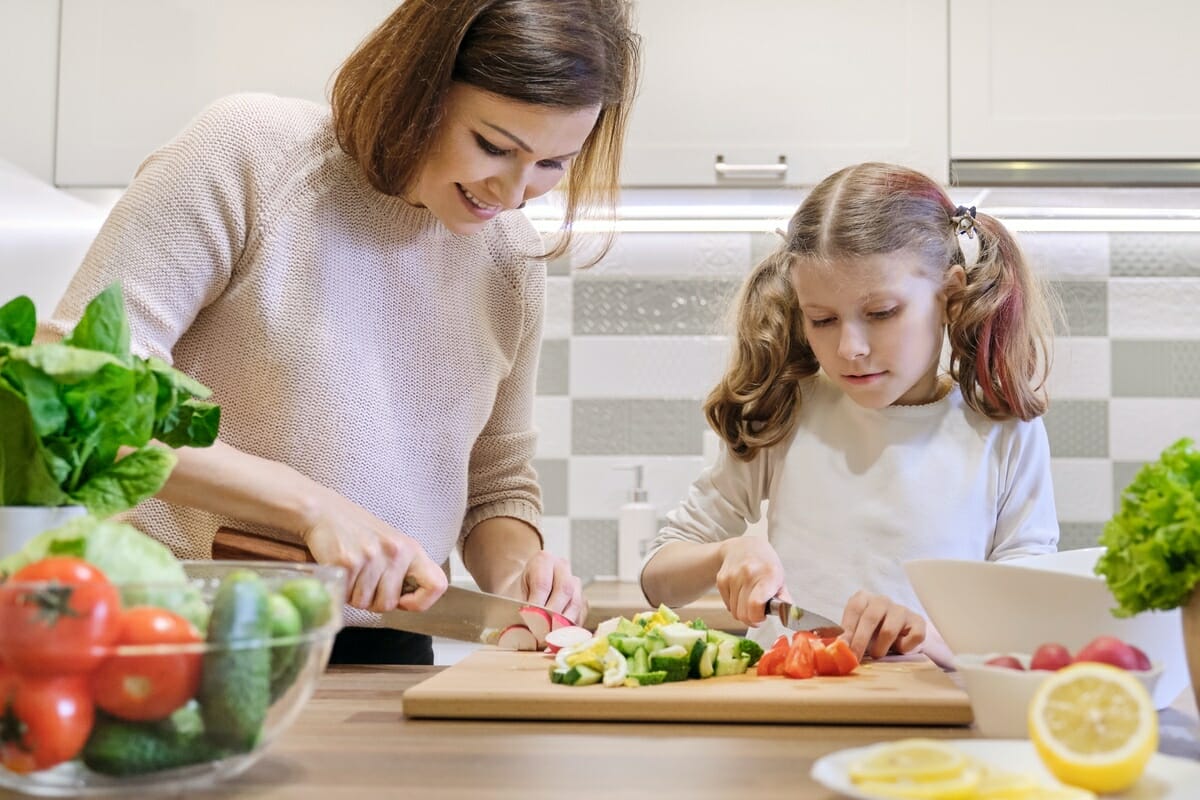By Marie McAden
If you’re like so many Americans who find themselves holed up in their homes with virtually no option but to fix their own meals, this could be a great opportunity to reassess your eating habits and adopt a healthier diet.
Seize the moment and swap those high-fat, sugar-heavy foods for nutrient-packed vegies, fruits, nuts and grains that support your immune system and could help you fight off that nasty coronavirus.
“If there is a silver lining in all of this, it’s the extra time we now have to focus on nutrition,” said Beaufort Memorial Registered Dietitian Jenny Craft, who serves as the diabetes quality coordinator for the hospital’s LifeFit Wellness Center.
Craft suggests you get started by creating a weekly meal plan and then make a grocery list with the ingredients you’ll need for each meal.
“Having a list will keep you from making impulse, and oftentimes unhealthy, purchases as well as unnecessary trips to the grocery store,” she said. “You can find lots of easy and nutritious meal plans at the American Diabetes Association’s diabetesfoodhub.org.”
Whether you choose to follow recipes or just wing it, you’ll want to pick up some shelf-stable good-for-you foods like brown rice, whole wheat pasta, bulgur and quinoa that can serve as a base to create meals. Up your vitamin and mineral intake by adding fresh, frozen or canned fruits and vegetables to your base of choice. They’re loaded with antioxidants and are a good source of fiber, too.
If you prefer fresh produce, Craft recommends choosing those that are less perishable, like broccoli, cabbage, carrots, bell peppers, potatoes, apples and citrus fruit. You’ll also want to stock up on plenty of frozen and canned fruits and veggies to have on hand.
“Frozen fruits and vegetables are just as nutrient dense as fresh,” Craft said. “Look for canned vegetables with no salt or low salt. If they’re not available, just rinse them well before eating to remove the salt.”
Be sure to include a protein with every meal since protein deficiency can be a risk factor for infections, she added. Good protein choices with a long shelf life include canned tuna and salmon (packed with heart-healthy omega-3 fatty acids), nut butters, beans, legumes, nuts and seeds. Hummus and eggs also are longer-lasting protein options. And, of course, you can freeze fresh chicken, fish and lean beef or buy them already frozen.
“Stay away from processed meats, like sausage and bacon,” Craft counseled. “If you want to buy cold cuts, choose the turkey or chicken variety.”
For a healthy snack, mix dried fruits like raisins, cranberries and apricots with nuts. Omega-3 walnuts are Craft’s top choice, but almonds, cashews, pistachios and pecans are nourishing options, too. Popcorn is also a good source of fiber and can be mixed with dried fruit or mini chocolate chips for a sweet treat.
“If you’re used to eating on the run, now you have the time to gather the family around the table for a delicious and nutritious meal,” Craft said. “And when these crazy times are behind us, maybe our new healthy eating habits will stick.”







